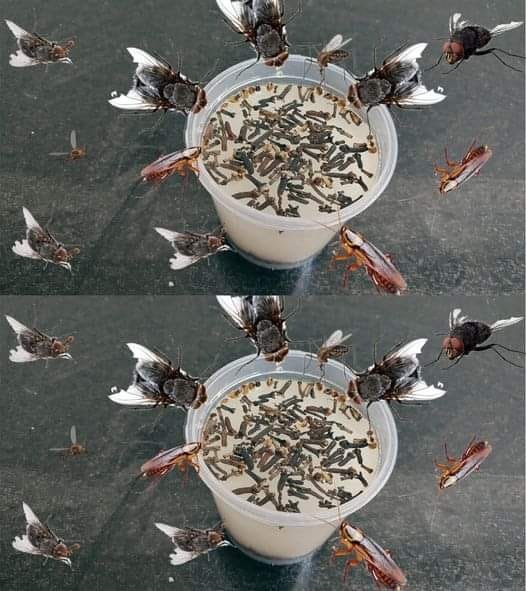Why Do Dogs Bite Some People and Not Others?
1. Defense Mechanism
Biting is often a dog’s last resort when they feel threatened and have no other way to protect themselves.
- Example: A dog may bite someone who tries to grab them roughly or invade their personal space.
2. Miscommunication
Many bites occur because humans misinterpret a dog’s warning signs, such as growling or backing away.
- Example: A child pulling a dog’s tail might be perceived as an attack, prompting the dog to bite.
3. Pain or Illness
Dogs in pain or discomfort may bite when touched, even by familiar people, as a way to protect themselves.
- Example: A dog with an ear infection might bite someone trying to pet their head.
4. Protective Instincts
Dogs are protective of their owners, pups, or belongings (like toys and food). They may bite someone perceived as a threat to these.
- Example: A dog might bite a stranger who approaches their owner too closely or aggressively.
5. Poor Socialization
Dogs that haven’t been properly socialized may feel anxious or fearful around certain people, leading to defensive bites.
- Example: A dog not exposed to children may bite if a child approaches too quickly or loudly.
How to Interpret and Manage Dog Behavior
Step 1: Observe the Dog’s Body Language
- Ears Back: Fear or anxiety.
- Growling or Showing Teeth: A clear warning to back off.
- Tail Stiff and Upright: Alertness or potential aggression.
- Cowering or Avoidance: Fear or submission.
Understanding these signs can help you predict a dog’s reaction and adjust your approach accordingly.
Step 2: Approach Dogs Safely
- Ask Permission: Always ask the owner if it’s okay to interact with their dog.
- Move Calmly: Avoid sudden movements or loud noises that might startle the dog.
- Let the Dog Approach You: Allow the dog to sniff you and decide if they’re comfortable.
Step 3: Respect Boundaries
- Avoid staring directly into a dog’s eyes, as this can be perceived as a challenge.
- Do not touch a dog that is eating, sleeping, or caring for puppies.
Step 4: Socialize and Train Dogs
For dog owners, early socialization is key to reducing fear and aggression. Gradual exposure to various people, environments, and situations helps dogs develop confidence and reduces reactive behaviors.
Step 5: Handle Fearful Dogs with Care
If a dog appears fearful:
- Give them space and time to calm down.
- Avoid forcing interaction, as this may escalate their anxiety.
Tips to Prevent Biting Incidents
- Teach Children: Educate children on how to safely interact with dogs, including not pulling tails or ears.
- Avoid Teasing: Never provoke or tease a dog, even playfully.
- Recognize Warning Signs: Respect a dog’s signals to avoid pushing them into biting.
- Keep Dogs Healthy: Regular vet visits can ensure pain or illness isn’t contributing to aggressive behavior.
Conclusion
Dogs bark and bite for a reason—it’s their way of communicating discomfort, fear, or territorial instincts. By understanding these behaviors and taking steps to respect a dog’s boundaries, you can foster safer and more harmonious interactions. Whether you’re a dog owner or someone who encounters dogs regularly, these insights will help you build trust and reduce the risk of unwanted reactions.
Always remember, dogs are loyal companions when treated with patience, understanding, and respect!






